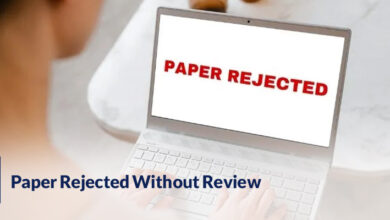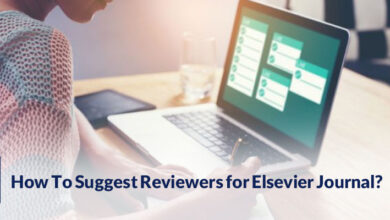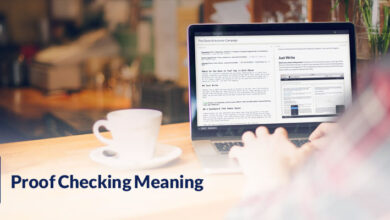How To Tell If an Article Is Peer Reviewed?
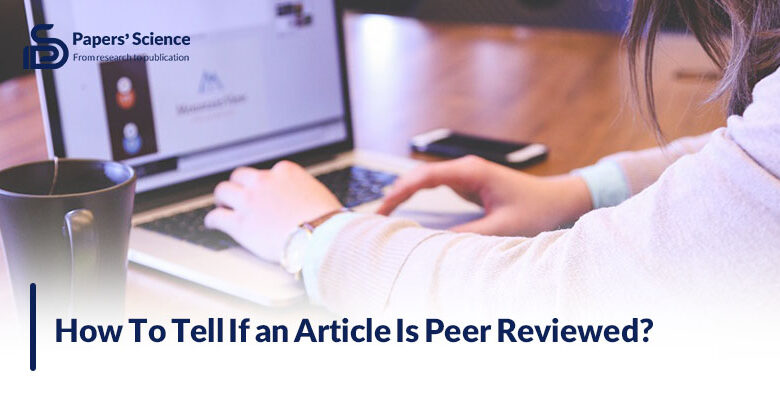
As a student, you might have faced that your professor wants you to utilize articles from “peer-reviewed” journals. This might make you confused about what peer review is. And how can you evaluate if an article is peer-reviewed?
To recognize if an article is peer-reviewed, first, we have to know the meaning of peer-reviewed.
In this passage, we go through this topic, and after examining the meaning of peer review, we provide some solutions for you to recognize these types of articles better and faster.
Which hopefully helps you in finding articles on different sources. So, let’s go deeper and learn more about peer-reviewed papers.
What are scholarly journal articles?
Scholarly papers or peer-reviewed papers are the ones that have gone through an evaluation process. What do we mean by the evaluation process?
The process of evaluation is when journal editors or critical expert scholars evaluate the worth and scientific quality of the written article.
The articles that have gone through this process are called peer-reviewed, and they will be published in the reviewed literature.
There are three different categories of information sources to extract an article:
1. Newspapers, magazines, and websites that contain news and are written by reporters. This data might be correct, or they might be misinformed.
2. Academic and professional articles that an academic or professional author writes and contain new ideas and concepts.
3. And the last one is peer-reviewed or scholarly sources that, as we explained, are scientifically valid and have reasonable conclusions.
This makes most of the things clear for you and helps you better recognize and identify peer-reviewed articles.
In the following section, we guide you to evaluate these types of papers and use them in your research process.

How to identify peer-reviewed articles?
If you want to determine if an article is a scholarly paper, you have to consider some important items that we have listed below. Read them thoroughly and compare their features with the papers you see in different sources.
At first, we introduce the sources, and then we will examine the features.
Some of the journal databases that students can execute papers:
1. ScienceDirect
2. PubMed
3. American Psychological Association
4. Cumulative Index to Nursing & Allied Health
5. Academic Search Complete
6. Web of Science
Now, let’s see how to determine if an article is peer-reviewed and what features and elements we should take into account.
· Limit your resources & database.
There are informational databases which allow its users to restrict article searches to peer-reviewed publications alone. For instance, on the first search page of Academic Search Complete, you may narrow your results by clicking on the relevant button.
To achieve this, you may need to navigate to an “advanced” or “expert” search screen in some sources. Keep in mind that many databases do not enable you to filter your search in this manner.
· Look for the peer-reviewed icon or indicators.
After searching for the desired articles on the sources, look if they contain any special icon next to them which shows they are scholarly papers. If the journal that you are looking for is displayed on the list, check to see if it has the symbol Peer-reviewed next to the subject.
· Check the journal name.
You can look and search for the publication’s name in the “Ulrichs Web” database and find out if this journal is a part of a peer-reviewed paper’s publication.
· Check the name of its scholar(s)
The peer-reviewed papers are mostly written by professors and researchers who specialize in the research field, and also, they are also recognized by the academic institution they work in.
· The aim of the article
Universities or academic publishers publish these types of articles to report research results and discuss the current research in more detail.
· The layout, tone & voice of the writing
Scholarly papers or peer-reviewed papers are decidedly expert, and technical language should be used while lettering them. They should contain citations (parenthetical citations) and include footnotes/endnotes and a list of bibliographical references.
These points help you to identify scholarly, peer-reviewed articles in different journals and make sure of their scientific value.
Let’s wrap it up.
Read More: Free Plagiarism Checker and Corrector
To conclude
Peer-reviewed articles undergo an evaluation process to ensure the worth, accuracy, and relevance of the presented research.
If you follow the steps that we mentioned in this guidance, you can effectively identify peer-reviewed articles and use them as reliable sources in your academic or personal work.
Do not forget that even peer-reviewed articles may contain some errors or biases. Still, the scholarly process is a valuable filter which helps to evaluate low-quality and unreliable research and ensure that the information that is published is grounded in sound scientific principles.
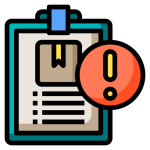
If you have any issues regarding identifying if an article is peer-reviewed, feel free to contact us by commenting in the section below.

